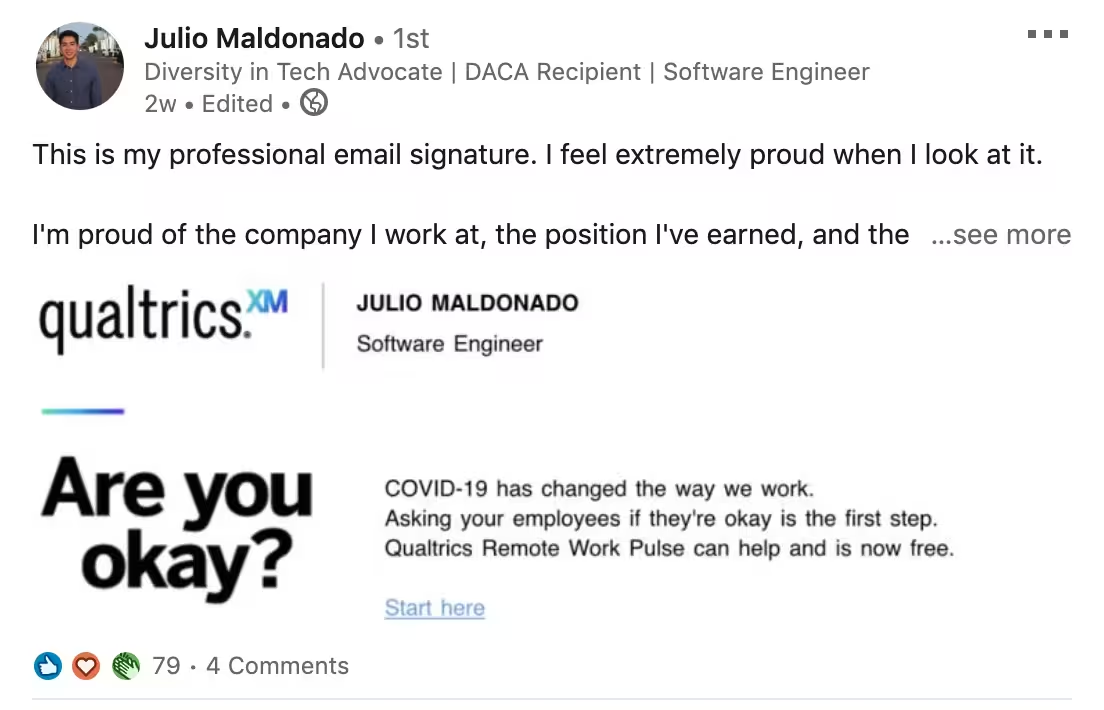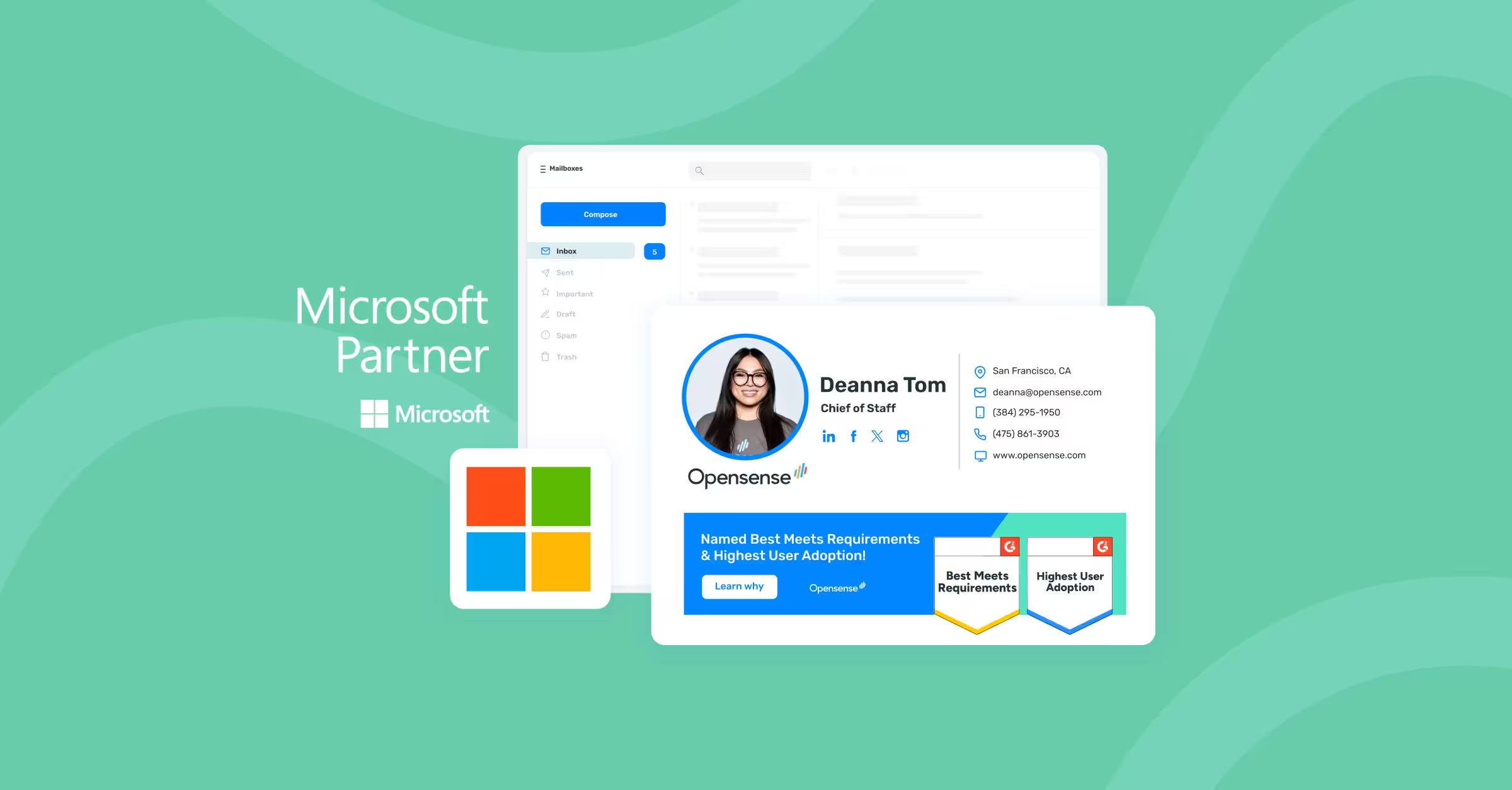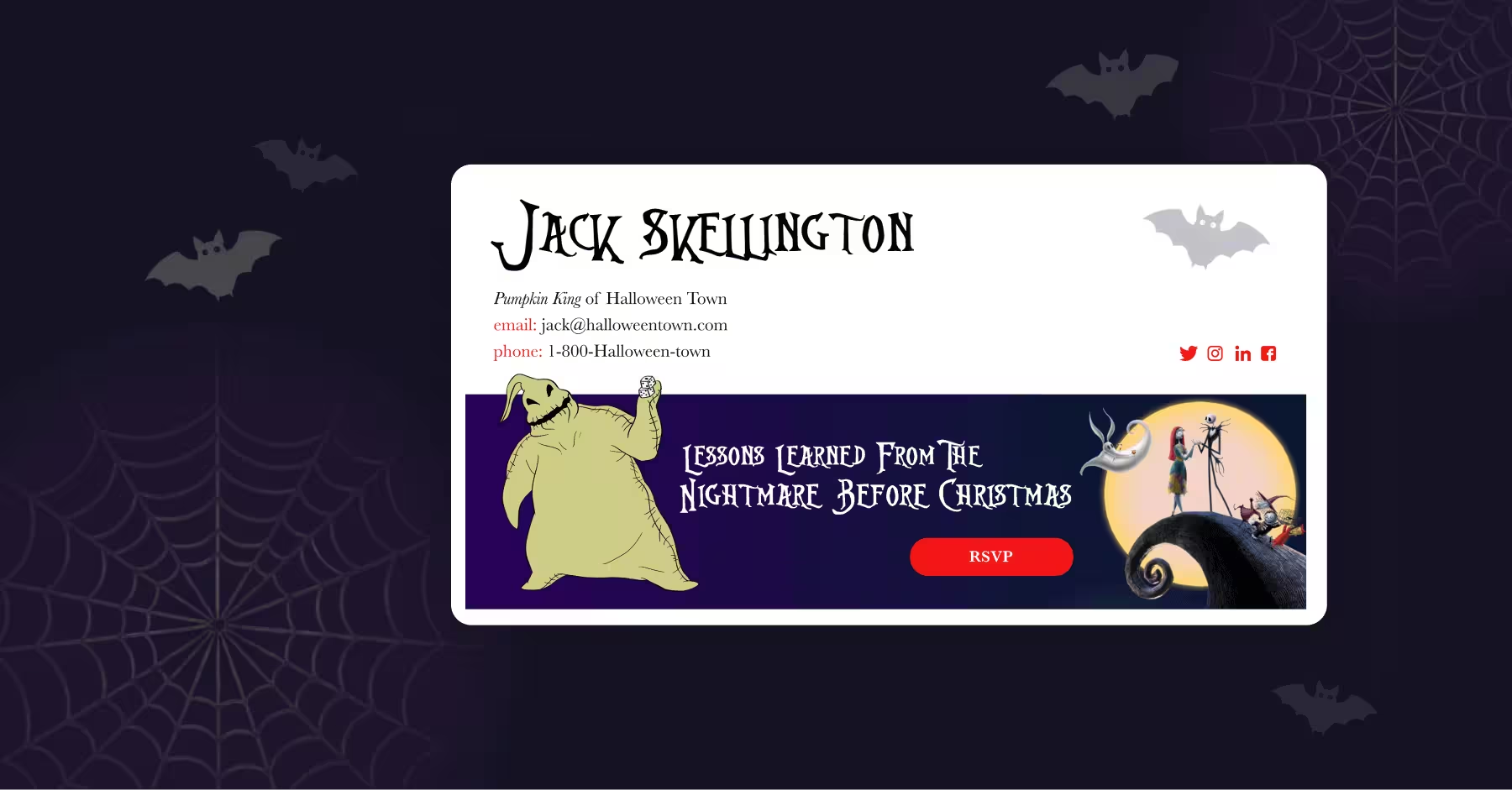
What Is The Email Value Pyramid And Why It Matters
You receive a handwritten note in the mail. It’s a “Thank You” note from a partner or customer. How amazing! No one writes in this day and age. The scarcity of hand-written communications makes each finely crafted “Thank You” more valuable and more notable.
What you may not realize is that the same dynamic is also playing out in the realm of email. We call this dynamic the “Email Value Pyramid.” Once you think about it, it’s actually pretty simple - and it can radically change the way you think about email marketing.

The Top of the Email Value Pyramid - The Handwritten Email
An email that is handwritten and hand-targeted from one human to another is the most valuable email. The sender is voting with their time - time spent crafting a message and researching a personal connection.
Second-Level The Semi-Handwritten Email
Sales and marketing teams have long been using automation tools attempt to meaningfully personalize emails. The newest generation of these tools are referred to as sales engagement platforms. These platforms do an excellent job of making it easier for sales teams to create hybrid messages that contain relevant personalized information specifically researched for an individual message. This goes beyond personalization tokens.
In Outreach, the platform makes it easy for senders to pull in what’s happening in a recipient's social feed, see recent company news, and check their LinkedIn profiles. This empowers sales teams to write more engaging emails by allowing them to customize an existing skeleton.
Semi-handwritten emails are far better than lightly personalized or fully automated emails but they don’t feel quite the same as truly personal emails written. They are also more likely to be targeting a list. Lastly, the body of the email always contains some pre-written content. Human eyes spot this always and sub-consciously devalue it.
Third Level - Personalized But Basically Automated
These emails use personalization tokens to add elements about recipients pulled in from databases like Discover.org and various tools like ClearBit. These emails remain the staple of cold sales and marketing efforts. They tend to have very low open rates. They also tend to be loaded with HTML, images and videos that make them load more slowly and make them noisier. While they may be more “engaging” they are also more confusing.
What We Are Getting Wrong About the Email Value Pyramid
We spend the most amount of energy designing promotional campaigns for the least valuable, least likely to be read emails. We design fancy templates, create videos to be inserted inline, and create gobs of content for promotional emails that fewer and fewer people want to read. At the same time, we spend almost no energy figuring out how to design tasteful and non-intrusive content for handwritten emails - content that may not even feel promotional but can be, nonetheless, quite useful (for sales, we recommend these sales email templates).
This is where email signature marketing and banners can come in. By adding tasteful ( and beautiful) messages beneath the email signature, organizations can put useful content and messaging into handwritten emails without making those messages feel promotional or crass.
A series of email ad banners attached to a specific goal are called email ad campaigns.

What’s more, the emails can be segmented so the message matches the recipient’s interests and cares. This is not personalization - which actually often falls flat. In fact, the email is handwritten so it’s already personalized to the best degree possible. Rather, this is more like mentioning in casual conversation with a friend or someone you know something that is interesting. If they are interested in it, they can ask you what you meant. Conversational, simple, social, and effective.
Discovering The Real Value At The Top of the Email Pyramid
This is not a small opportunity and it has consistently been undervalued.
A company with 100 employees sends, on average, 1 million handwritten external emails each year. Each one of those emails is a chance to make an impression or convey a message that is highly likely to be noticed and considered - far more likely than in any other type of marketing channel. We consistently hear reports of CTRs of 5% to 10% on email signature. Highly targeted impressions via retargeting - probably the closest analogy - can run at CPMs of $20 to $40. Impressions on LinkedIn are even more spendy. What’s more, because the email ad campaigns work well with handwritten emails, they also are tailor-made for Account-based marketing, the best way to market to valuable accounts.
So even for small companies of 100 employees, this is a $100,000 promotional value ( learn more about how we did this math). This highly personal, handwritten channel actually scales linearly in opportunity. A company with 1,000 employees would generate $1 million in impressions. That could add up to being a significant portion of an annual marketing budget - at a tiny fraction of the cost of buying those impressions. As a channel, you have total and complete control. You can set sizes, specs, content, and any other dimensions. You can create rotations based on how people interact with your email ad campaigns. You can embed elements like polls, videos and sign-up forms.
Or you can just send awesome messages that you would like people to read. Like what Qualtrics did below.

And you can see the reaction that their employee had to the message in their signature. Ultimately, you are creating another opportunity for a meaningful interaction that is genuine and adds value to your email and your communications. It just so happens this opportunity is focused on the people you already care about the most - rather than a bunch of random folks on a list.


.svg)



.svg)



